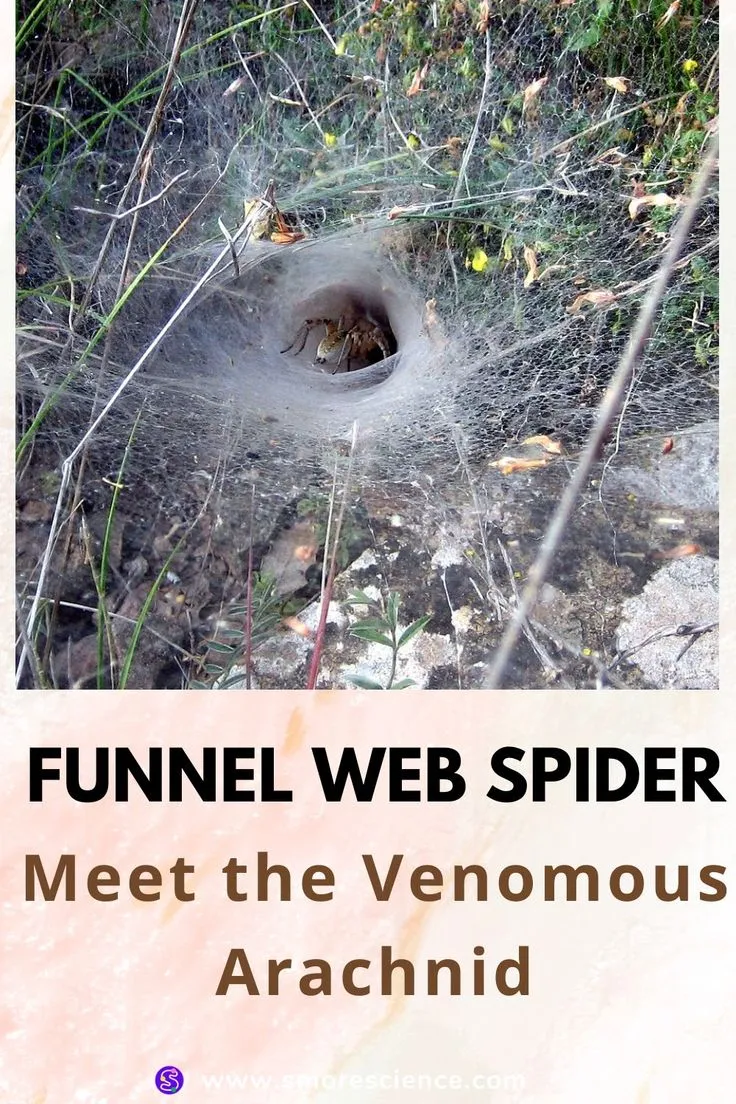Appearance Differences Between Funnel Web Spiders and Tarantulas
When comparing funnel web spiders and tarantulas, the most immediate differences are visible in their appearance. These spiders, though both belonging to the order Araneae, exhibit distinct physical characteristics that aid in their identification. Recognizing these differences is crucial for understanding their respective behaviors, habitats, and potential dangers. The divergence in appearance reflects their evolutionary paths and the environmental pressures that have shaped them. The contrast in size, structure, and coloration provides a starting point for differentiating between these fascinating arachnids.
Size and Structure
Tarantulas are generally much larger than funnel web spiders. Tarantulas can have leg spans exceeding 10 inches, making them some of the largest spiders in the world. Their bodies are also more robust and heavily built. In contrast, funnel web spiders are typically smaller, with leg spans usually under 5 inches. Their bodies are also comparatively slender and less bulky. The body structure of tarantulas is designed for ground-dwelling, often burrowing lifestyles, while funnel web spiders are adapted for building webs in various environments.
Color and Markings
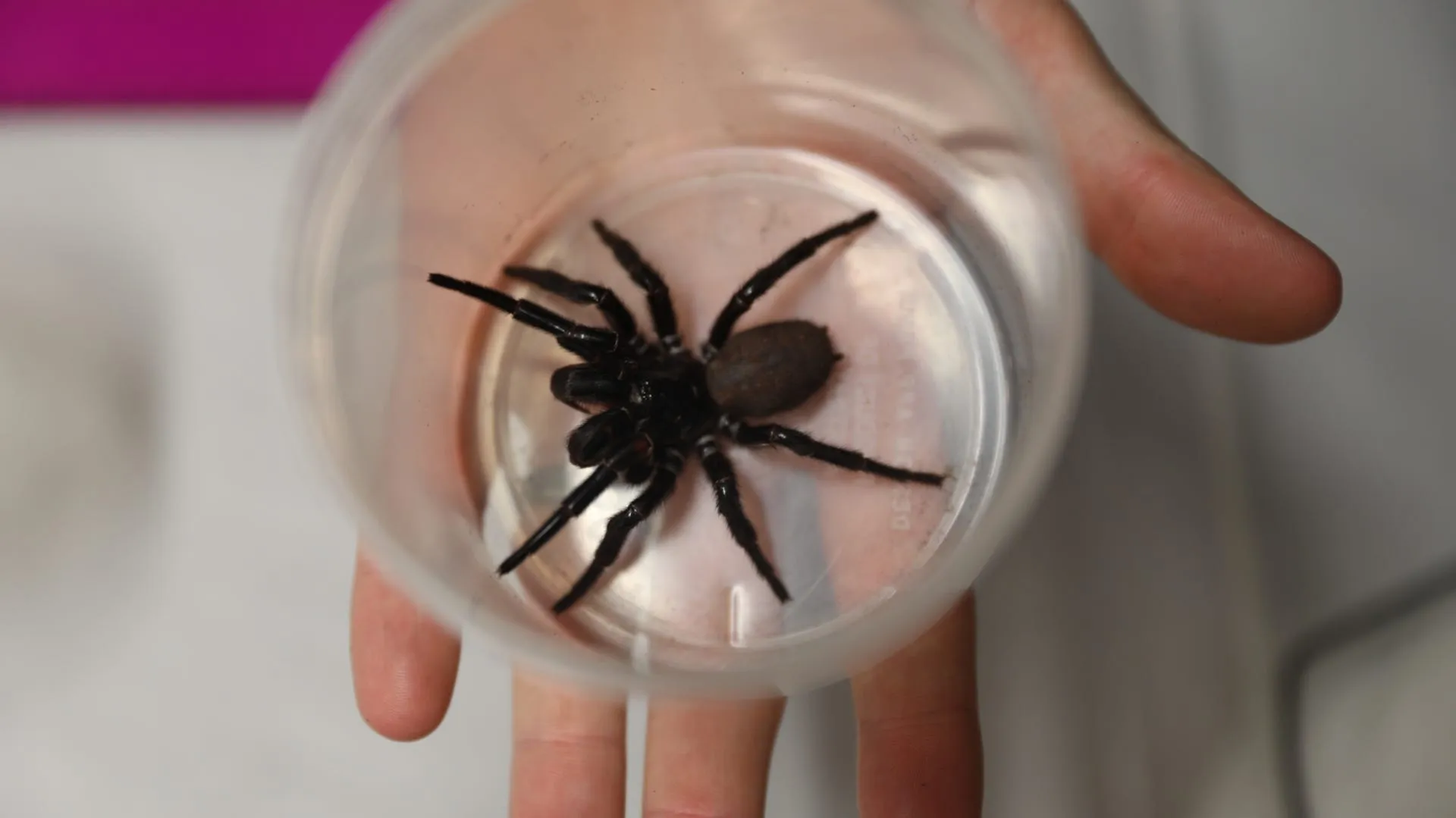
The coloration of these spiders also differs significantly. Tarantulas display a wider range of colors, from various shades of brown and black to vibrant hues like orange, blue, and pink. They often have distinct patterns and hair coverage that adds to their striking appearance. Funnel web spiders, on the other hand, tend to be more uniformly colored, with darker shades of brown or black dominating their appearance. Their bodies are usually less hairy compared to tarantulas, contributing to a smoother, more streamlined look. This difference in coloration and hairiness plays a role in camouflage and predator avoidance strategies.
Habitat and Geographic Location
The habitats and geographic locations of funnel web spiders and tarantulas are vastly different, influencing their lifestyles and behaviors. Understanding where these spiders are found is critical for anyone who might encounter them. These distinct environments also dictate the types of prey available and the strategies these spiders use to survive. The habitats provide a crucial insight into their evolutionary adaptations and the ecological roles they play.
Funnel Web Spider Habitats
Funnel web spiders are primarily found in Australia, with a few species in New Zealand. They prefer humid, sheltered environments, often building their webs in moist areas such as under rocks, in logs, or within dense vegetation. Their webs are typically funnel-shaped, with a wide opening that leads to a retreat where the spider waits for prey. These spiders are well-adapted to their environment, using their web as a sensory tool to detect vibrations and capture insects. The prevalence in specific habitats highlights the environmental conditions they need to thrive, including consistent moisture and readily available prey.
Tarantula Habitats
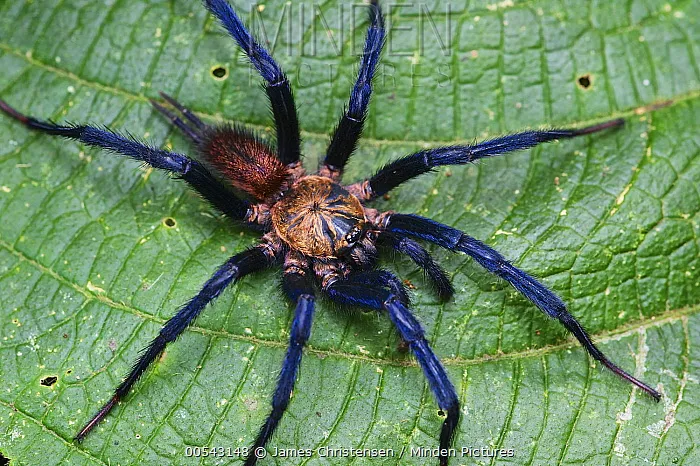
Tarantulas have a much broader distribution, found in tropical and subtropical regions worldwide, including the Americas, Africa, Asia, and parts of Europe. They inhabit a variety of environments, including grasslands, deserts, forests, and even urban areas. Many tarantula species are ground-dwelling, living in burrows that they dig themselves or occupy pre-existing ones. Others are arboreal, living in trees. Their adaptability to various habitats underscores their successful evolutionary strategies, allowing them to thrive in diverse ecosystems. Their habitats are influenced by factors such as climate, prey availability, and shelter options.
Venom and Danger Level
The venom and the potential danger posed by funnel web spiders and tarantulas are key factors for consideration. While both spiders use venom to subdue their prey, the toxicity and effects of their bites differ significantly. Understanding the specifics of their venom, the symptoms, and the appropriate responses is critical for anyone who might encounter them, whether in their natural habitat or in captivity. The comparison of their venom helps to distinguish the risks associated with each spider species.
Venom Toxicity Comparison
Funnel web spiders are renowned for their highly toxic venom, particularly the Sydney funnel-web spider (Atrax robustus). Their venom contains a complex mixture of toxins that can be very dangerous to humans, potentially leading to severe symptoms and even death if left untreated. The venom’s potency is a significant factor in its overall threat level. In contrast, most tarantula species have venom that is less toxic to humans. Their venom is primarily designed to immobilize prey and is often compared to a bee sting in terms of severity. While some tarantula bites can cause localized pain, swelling, and discomfort, they are rarely life-threatening to humans.
Bite Effects and Symptoms
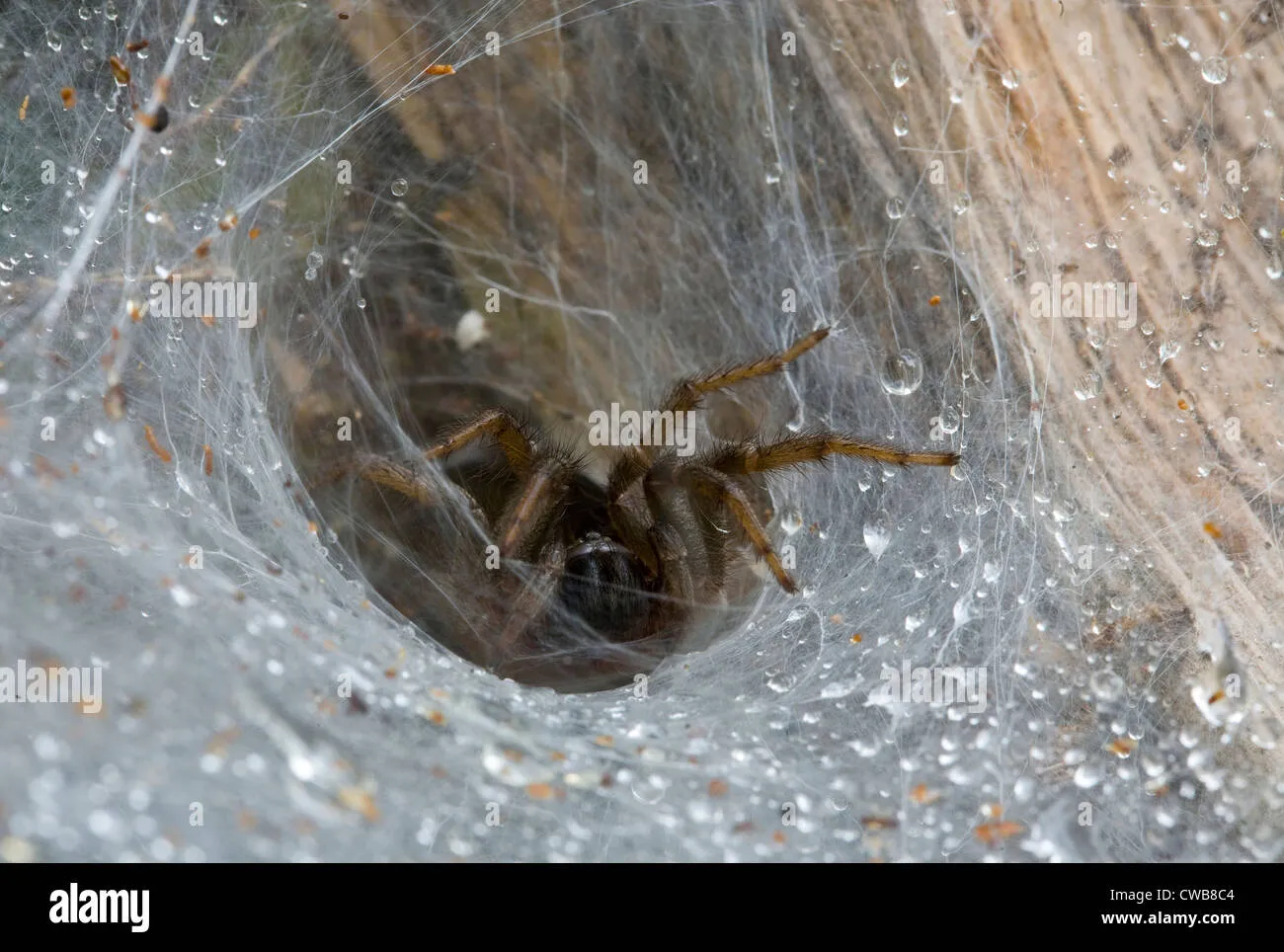
The effects of a funnel web spider bite can be severe, with symptoms often including muscle spasms, difficulty breathing, and increased heart rate. Immediate medical attention is crucial, and antivenom is available to counteract the venom’s effects. Without treatment, a bite can be fatal. Tarantula bites typically result in localized pain, redness, and swelling. While the venom itself is not highly toxic, some tarantulas have urticating hairs on their abdomens that can be released as a defense mechanism, causing skin irritation and itching. The difference in the severity of symptoms underscores the differing danger levels between these spiders.
Behavioral Traits of Funnel Web Spiders and Tarantulas
The behavioral traits of funnel web spiders and tarantulas provide insight into their survival strategies and interactions with their environments. Their behaviors are shaped by their evolutionary adaptations and the challenges they face in their respective habitats. Understanding these behaviors is essential for appreciating their ecological roles and for safely coexisting with them. From aggression levels to hunting techniques, each spider exhibits unique patterns that distinguish it from the other.
Aggression and Temperament
Funnel web spiders are generally considered to be more aggressive, especially the males during mating season. They are known to be defensive and can deliver a serious bite if provoked. Their aggression is a part of their survival strategy, helping them to protect their territory and themselves. Tarantulas, on the other hand, are usually less aggressive and more docile. Many species are slow-moving and tend to retreat or flick hairs as a primary defense mechanism. However, they can bite if they feel threatened, though their bite is usually not as dangerous as that of the funnel web spider. This difference in temperament affects how they interact with their surroundings and other species.
Web Building and Hunting Strategies

Funnel web spiders build distinctive funnel-shaped webs, typically located in sheltered areas. They wait inside the funnel, sensing vibrations on the web to detect approaching prey. Their hunting strategy is a combination of ambush and web-based detection. Tarantulas, on the other hand, are primarily ambush predators. They may build simple webs for shelter or simply live in burrows or under objects. They wait for prey to come within striking distance, relying on their size and speed to capture it. Their hunting strategy depends on stealth and opportunistic attacks, rather than intricate web construction.
Lifespan and Reproduction
The lifespan and reproductive behaviors of funnel web spiders and tarantulas further distinguish them. These aspects affect their population dynamics and their overall contributions to their ecosystems. Lifespan and reproductive strategies reflect their adaptations to their environments and the pressures of survival.
Lifespan Comparison
Tarantulas generally have a much longer lifespan than funnel web spiders. Female tarantulas can live for over 20 years in the wild, and even longer in captivity, whereas males typically live for only a few years. Funnel web spiders have shorter lifespans, usually living for only a few years. The shorter lifespan of funnel web spiders can be attributed to factors such as their higher metabolic rates and the risks associated with their aggressive behavior and venom. The extended lifespan of tarantulas allows them to mature slowly and reproduce over many years.
Reproductive Behaviors
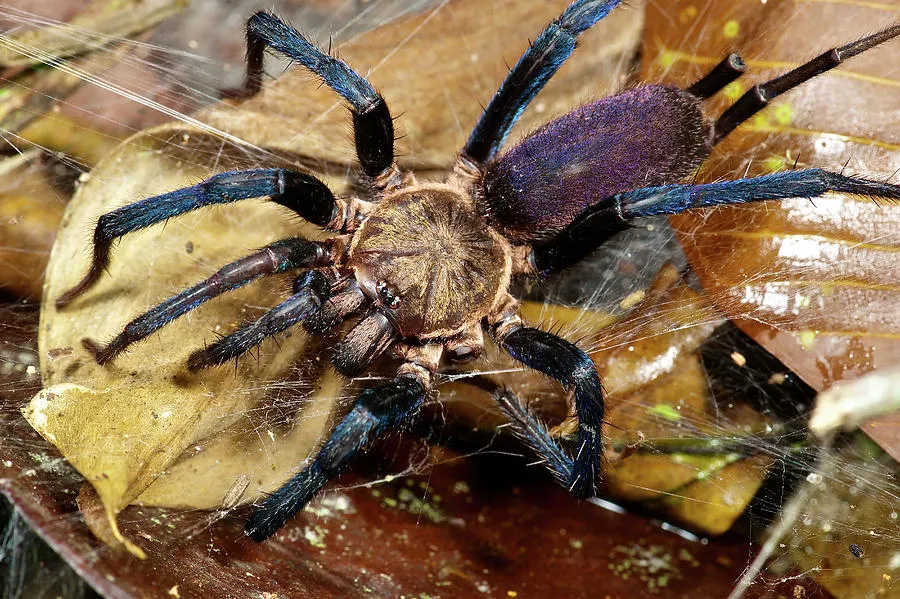
The reproductive behaviors of these spiders also differ. Male funnel web spiders venture out to find mates, often encountering each other aggressively. After mating, the female lays her eggs in a silk sac. Tarantulas have distinct mating rituals, often involving the male offering a sperm web to the female. Females also create egg sacs to protect their offspring. These reproductive strategies determine the population dynamics and are related to the spider’s life cycle and overall survival.
In conclusion, while both funnel web spiders and tarantulas are fascinating arachnids, their key differences in appearance, habitat, venom, behavior, and life cycle set them apart. Understanding these distinctions helps in identifying and appreciating these creatures while recognizing the varying levels of caution they demand. From the potent venom of the funnel web spider to the generally docile nature of the tarantula, the differences underscore the diverse adaptations of the spider world.
